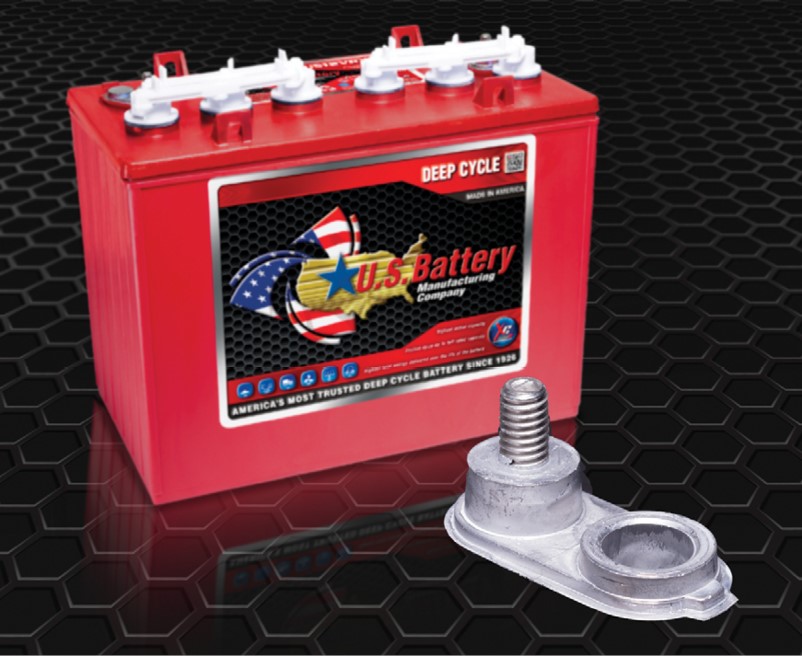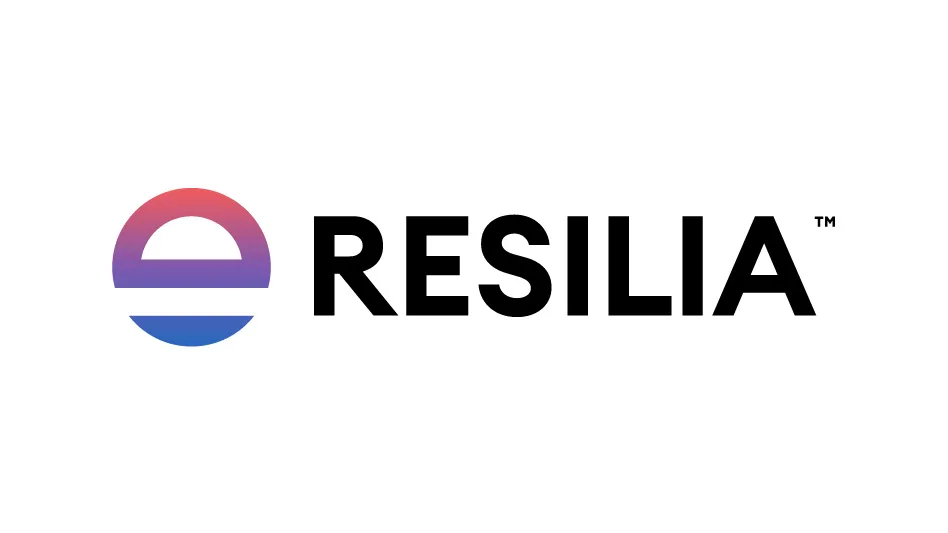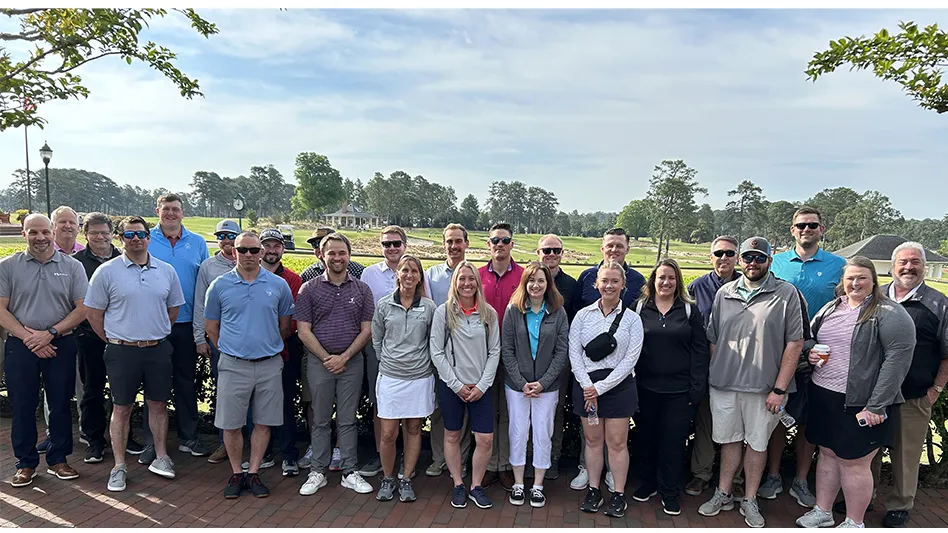
When battery-powered golf cars suffer from intermittent performance issues, one of the most common reasons for this is poor battery cable connections. Ironically, loose connections can be caused by both under-tightening and over-tightening of the battery terminal connectors, as well as corrosion that can occur over time. Deep-cycle battery terminals are made from lead which is a soft metal that creeps over time. The result is that they must be retightened regularly to maintain proper torque levels. If too much torque is applied when attaching cables to battery terminals, however, it can cause damage to the lead terminals preventing them from making a proper connection. Battery manufacturers recommend terminal torque specifications that vary with the different types of terminals used for deep-cycle batteries.
Deep cycle batteries can come with UTL, UT, large and small L, Offset S, and SAE tapered post terminals, among others. For UTL and UT battery terminals with threaded studs, the recommended torque is 95 – 105 in-lb. (7.9 - 8.8 ft-lb.). For bolt-thru terminals such as large and small L and Offset S, the recommended torque is 100-120 in-lb. (8.3 - 10 ft-lb). SAE terminals have a recommended terminal torque of 50-70 in-lb. (4.2 to 5.8 ft-lb.). For other terminal types, consult the battery manufacturer’s recommendations. When measuring terminal torque, use a torque wrench with settings or readings in the 0 – 200 in-lb. (0 – 16 ft-lb.) range. Larger torque wrenches can inadvertently exceed the recommended settings or readings.
It is also important to consult the battery manufacturer’s recommendations for the proper type and assembly of the terminal hardware. Most manufacturers provide stainless steel nuts and lock washers or plated bolts, nuts, and lock washers with the batteries depending on the type of terminal used. The correct method is to position a lock washer between the nut and the connector (never between the connector and the lead terminal) and apply the recommended torque to completely compress the lock washer without deforming the lead terminal.
Clean terminals will also maintain the best connection so if corrosion is observed on the battery terminals and connectors, they should be cleaned with a wire brush and a solution of baking soda and water to neutralize any electrolyte that may be on the surfaces. To reduce the formation of corrosion on the terminals, battery manufacturers recommend using a corrosion inhibitor after making proper connections. Never apply grease or other lubricants between the terminals and connectors since they can interfere with the connection.
Check the cables to determine if they are corroded and need to be replaced. Corrosion can extend under the cable insulation but is often not visible. A good tug on the cables can expose weak connections. If new cables or connectors were added during the life of the vehicle, make sure the wire connectors are properly crimped and soldered to the cable ends. Studies have shown that wire cables with crimped connectors that are not soldered to the cable ends, can corrode faster and create a high resistance connection between the wire cable and crimped connector. This high resistance can cause excessive heating during discharge and melt the lead terminal causing a loss of connection and permanent damage to the battery. If any of the cables show signs of melted insulation, corrosion under the insulation, or have bare wire showing, replace the cables and connectors.
While faulty connections are often the cause of battery terminal meltdowns, using properly sized wires, crimped and soldered connectors, and tightening them to the recommended torque settings, will reduce the chances that poor connections will adversely affect battery performance. For additional information on battery terminal types, terminal torque and connection hardware specifications, and proper maintenance of deep cycle batteries visit www.usbattery.com.

Explore the October 2019 Issue
Check out more from this issue and find you next story to read.
Latest from Golf Course Industry
- USGA opens Golf House Pinehurst
- Bernhard Academy expands leadership team
- Another record year for research
- The Highlands pays more homage to Ross
- Audubon International adds veteran superintendent to leadership team
- South Florida simmer
- Devising safer landings
- SiteOne adds Durentis to product offerings





